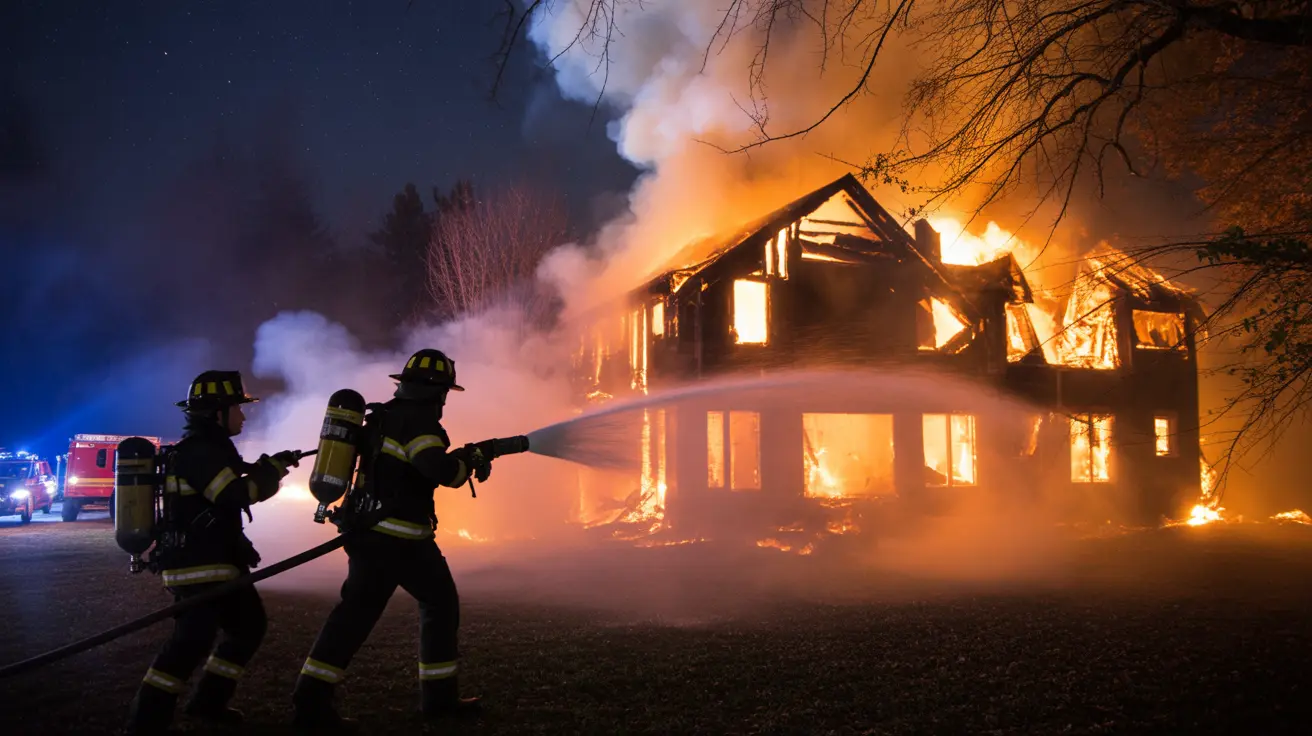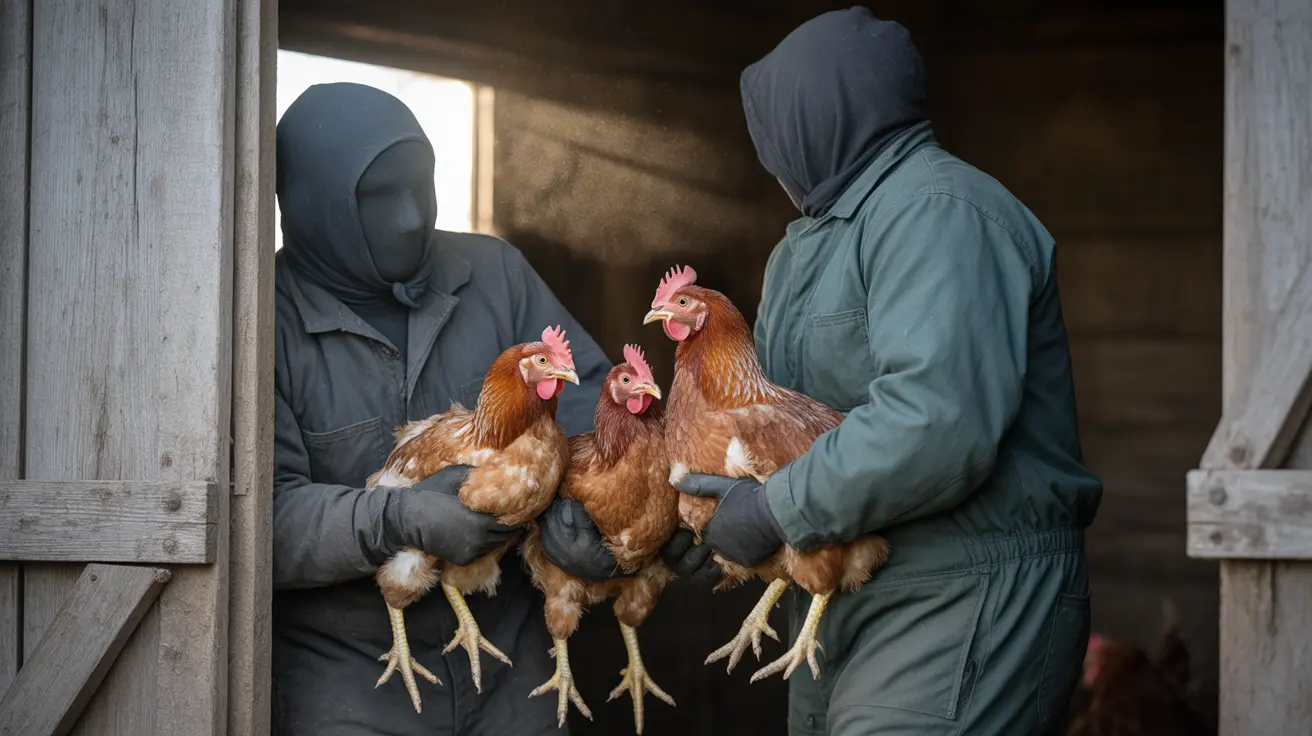Should You Cover Your Dog with a Blanket at Night?
As devoted pet owners, we constantly seek ways to ensure our furry companions are comfortable and safe. A common question among dog owners is, “Should I cover my dog with a blanket at night?” The answer largely depends on your dog’s breed, size, age, health, and your home’s temperature. Let’s explore this in depth.
Why You Might Consider Using a Blanket for Your Dog
- Temperature Regulation: Dogs can get cold, especially during the winter or if you live in a colder climate. Small dogs, short-haired breeds like Greyhounds or Chihuahuas, or older dogs with arthritis may benefit from an extra layer of warmth.
- Sensory Comfort: A soft blanket creates a sense of security and can help reduce anxiety, similar to a swaddling effect. This is especially helpful for dogs that suffer from separation anxiety or are crate-trained.
- Sleep Quality: Just like humans, dogs enjoy a consistent and cozy sleeping environment. A blanket can promote better rest by keeping them snug.
- Medical Reasons: If your dog is recovering from surgery or is prone to joint pain, staying warm throughout the night can ease discomfort and support healing.
When You SHOULD Cover Your Dog
- Cold Weather: If your dog sleeps in a drafty room or in a space that isn’t well heated, a blanket is a good idea.
- Thin-Coated or Hairless Breeds: Dogs like Whippets, Italian Greyhounds, and Xolos don’t retain heat as well and may benefit from being covered.
- Seniors or Puppies: Older dogs and young pups struggle more with regulating body temperature and may enjoy the warmth a blanket offers.
- Nervous or Anxious Dogs: The weight and cover of a blanket can be soothing, like a gentle pressure wrap.
When You SHOULD NOT Cover Your Dog
- Overheating Risk: On warmer nights or in homes with strong central heating, adding a blanket could be too much.
- Thick-Coated Breeds: Huskies, Malamutes, and similar breeds with dense fur may not need, or may dislike, covering.
- Restless Dogs: Some dogs simply don’t like being restricted. If your dog constantly kicks off the blanket, don’t force it.
Signs Your Dog Likes Being Covered
Every pet is different, so it’s important to pay attention to your dog’s behavior. Here are positive signs your dog enjoys being covered:
- Snuggling into the blanket on their own
- Sleeping peacefully while covered
- Dragging the blanket into their bed or crate
- Seeking out warmth in other areas (e.g., lounging near a heater)
How to Safely Use a Blanket for Your Dog
- Choose the Right Material: Opt for a lightweight, breathable, and washable fabric like fleece or cotton. Avoid anything with zippers or loose threads.
- Supervise Initially: Observe your dog the first few nights to make sure they’re comfortable and not attempting to chew or ingest parts of the blanket.
- Keep It Clean: Wash the blanket regularly to avoid dust mites, allergens, and unpleasant odors.
- Mind the Fit: Don’t tuck the blanket tightly. Allow your dog room to move and uncover themselves if needed.
- Consistency Helps: Using the same blanket can create a familiar sleeping cue, which helps reinforce routine and sleep habits.
Additional Tips for Dog Bed Warmth
- Consider a heated dog bed or thermal pad
- Place the bed in a warm, draft-free area
- Use elevated beds to avoid cold floors
- Add extra padding for senior dogs with joint sensitivity
Conclusion
Covering your dog with a blanket at night can be a simple yet effective way to help them feel safe, secure, and warm. However, it’s essential to consider your dog’s specific needs and preferences. Observation is key—over time, you’ll learn if your dog enjoys being tucked in or prefers to snuggle on their own terms.
Always prioritize your dog’s wellbeing and comfort. A well-rested dog is a happy dog!





